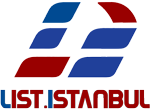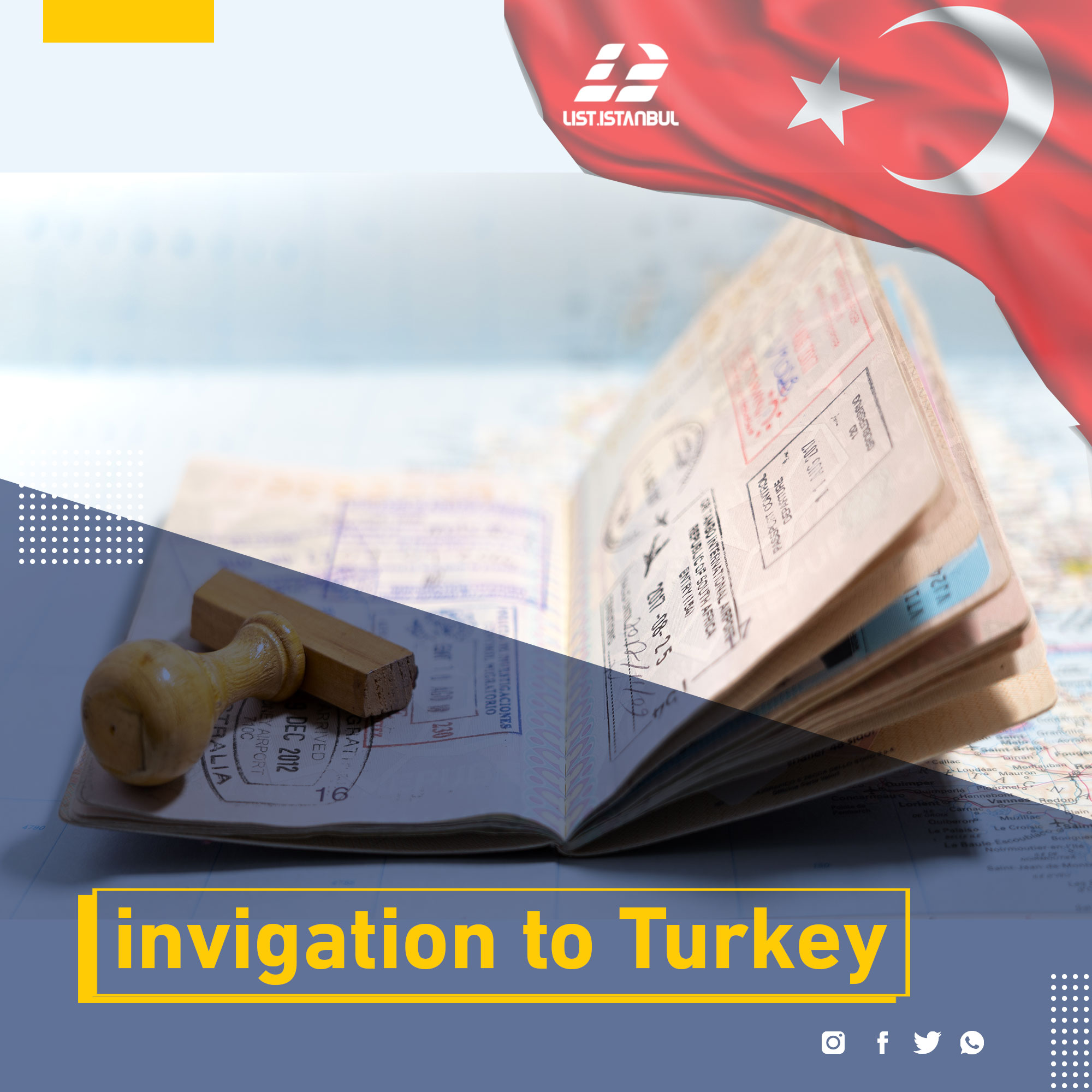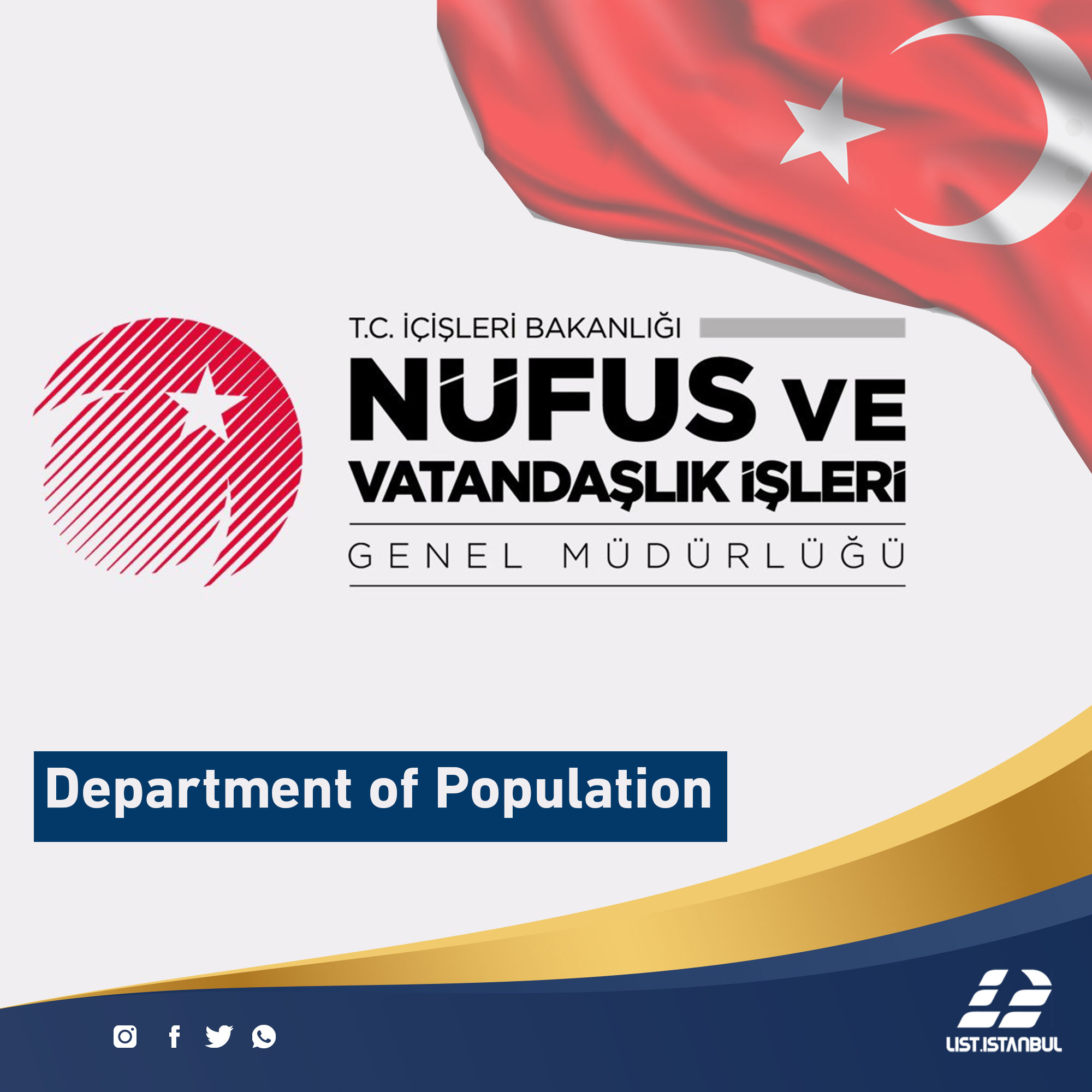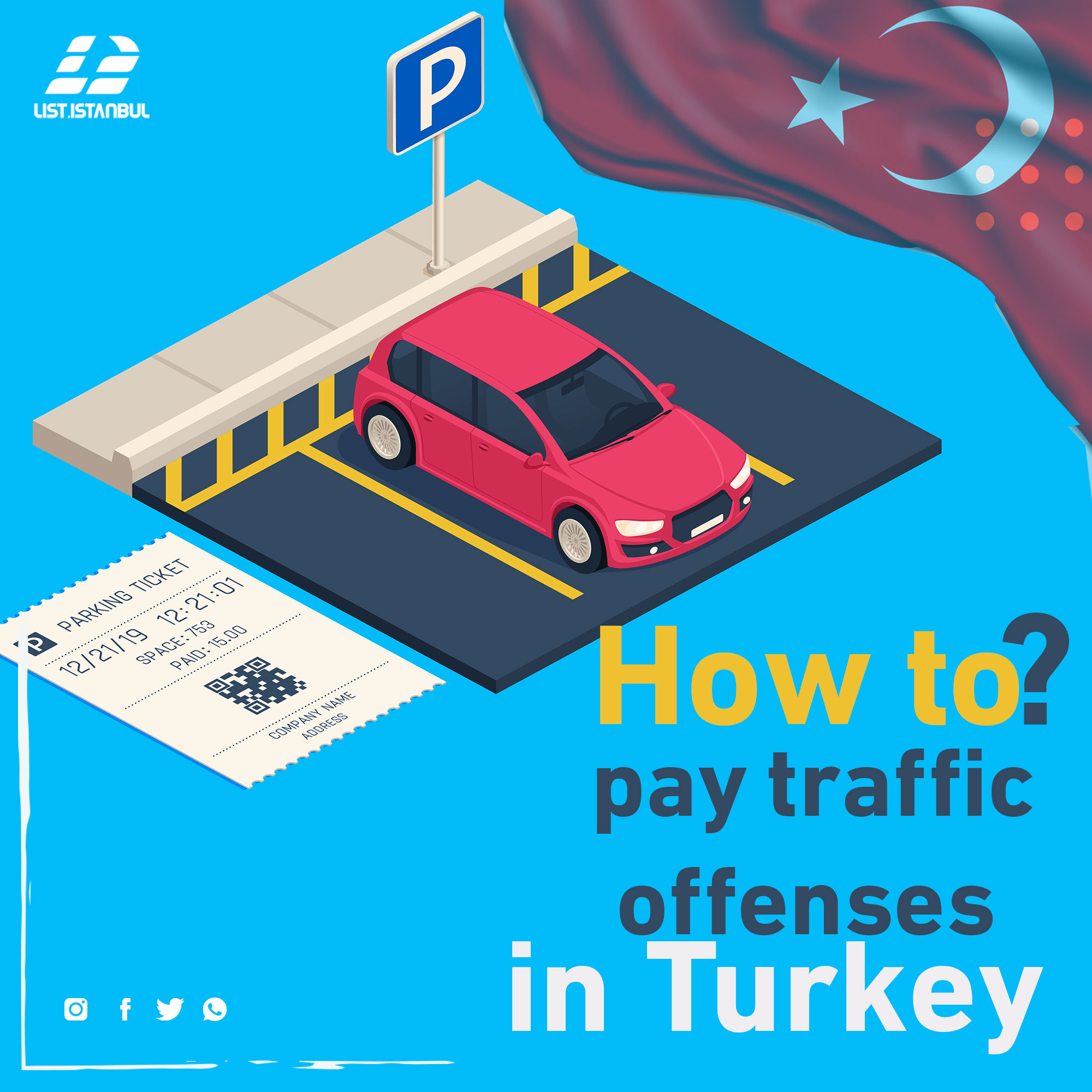The Turkish economy has been experiencing a period of significant growth. Due to the application of economic liberalization since the 1980s, Turkey's foreign trade has witnessed a rapid recovery in terms of volume of exports and imports and marked changes in the structure of exports. Industrial products were thus at the expense of agricultural products. Turkey became a member of the World Trade Organization (WTO) in 1995. After joining the WTO, it concluded an agreement with the European Union, which allowed it to join the Customs Union on 1 January 1996.
Exports
The export operations in Turkey were of high importance at the quantitative and qualitative level. Since the 1980s, in particular, in the mid-1990s Turkey has observed developments in commercial markets occupied by industrial products such as textiles, clothing, iron, steel and food. In 1996, Turkish exports entered a new process of structural transformation. Developments in recent years show a significant rise in production and exports in the high-tech sectors, where goods include electrical and electronic machinery and equipment, as well as the automotive industry.
The top ten production groups in the field of export in 2016
Vehicles other than railway or tramway equipment or parts thereof
Boilers, machinery and mechanical appliances, or parts thereof
Precious stones, precious metals and pearls or pieces thereof
Woven goods or goods made of crocheted or cut
Electrical machinery and equipment or parts thereof
Iron and steel
Non-woven goods or non-crocheted goods or parts thereof
Plastic or cut it
Iron and steel equipment
Fruit, nuts, lemon peel or citrus fruit
Imports
Turkey's import regime highlights the liberalization of Turkish imports, in line with its commitment to complete its Customs Union with the European Union, its relationship with the European Free Trade Association, as well as its commitments under the WTO umbrella. Turkey attaches particular importance to its commitment to reduce tariffs to keep pace with the common tariff. Turkey made some necessary adjustments to its import regime, and by January 1, 1996, the Customs Union entered into force with the EU.
The main objectives of Turkey's import policy since the early 1980s can be summarized as follows:
Reduction of preventive measures in line with the new rules of the General Agreement on Tariffs and Trade (GATT)
Reduced bureaucratic procedures
Provide supply of raw materials and intermediate goods at reasonable prices and with certain air standards
Proceedings of import and export in Turkey in 2017 compared to 2016
According to statistics from the Turkish Statistics Institute (TurkStat), exports rose by 10.2% to reach 157 billion and 94 million dollars, while imports rose by 17.9% to 234 billion and 156 million dollars. This brings the import and export volume to 2017 by 14.7% to reach 391 billion and 250 million dollars compared to 2016.
The reality of import and export in Turkey in 2018 compared to 2017:
According to statistics of the Turkish Statistical Institute (TurkStat), the increase in Turkish exports in 2018 to EU countries compared to 2017 amounted to 23.8%, equivalent to 6.844 billion dollars, where the largest percentage of export to Germany by 1.359 billion dollars, followed by Italy by 864 million dollars, While exports to England amounted to 666 million dollars. China ranked first in 2018 in terms of import countries, with imports amounting to 1.863 billion dollars, a large part of which raw materials and half manufactured and then Russia, where imports amounted to 1.663 billion dollars as imports of oil in most of them.
Exports of high-tech products manufactured in Turkey are increasing, with their share of total exports accounting for 3.4%, reflecting the increase in products based on the country's knowledge development. The figures vary over the years in Turkey, where the figures are a huge leap from 15 years ago. It is in the interest of achieving the government's target of 2023 to be one of the top ten economies in the world.
The use of the Turkish Lira in import and export in 2017
Under the guidance of Turkish President Recep Tayyip Erdogan, the use of the Turkish lira in import and export operations has increased following the conclusion of agreements with a number of countries that trade between Turkey and Turkey will be in Turkish lira. According to statistics from the Turkish Statistical Institute (TurkStat), there is a remarkable development between 2016 and 2017. In the year 2017, the use of the Turkish lira in exports increased by double (from TRY 6 billion to TRY 13 billion) and its share of total exports increased from 1% to 3%. Billion Turkish Lira compared to 2016, or 2% of the total imports.








